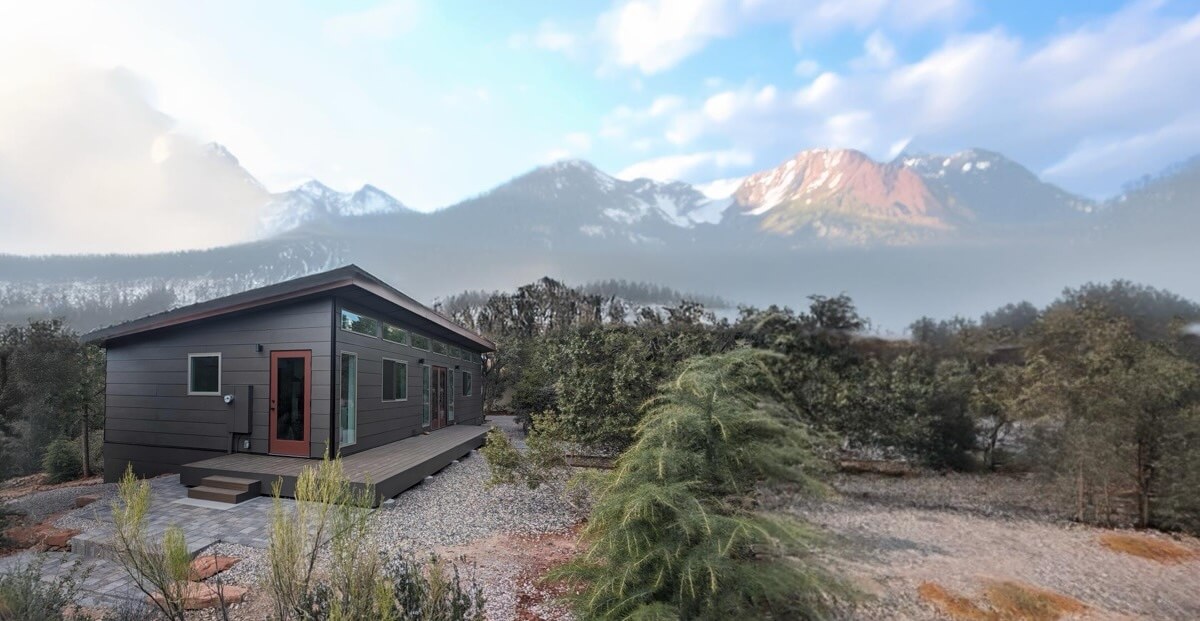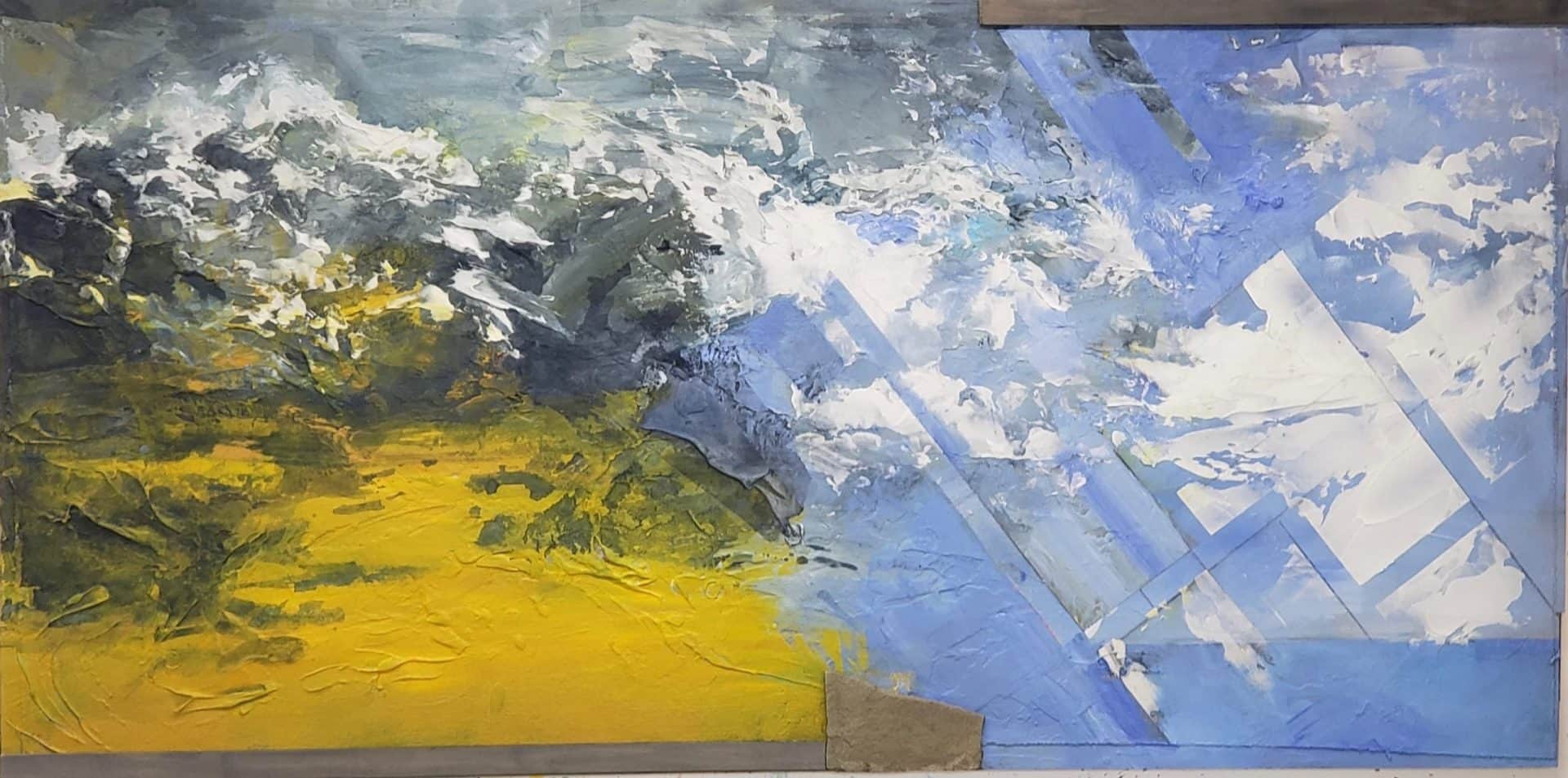
To Tell a Story with Paint: An Interview with Frank Cole
Working in the design industry has many perks, but our favorite by far is the opportunity to learn a little bit about each of our customers. Every story is unique, and here at Studio Shed we have the pleasure of getting an inside look into our customers' passions and livelihood. Learning the purpose behind each individual's Studio Shed and hearing how they will be used inspires us every day – so much so that we feel compelled to share some of those stories with you! Allow me to introduce you to Frank Cole. Frank is a Virginia native who currently resides in Rockville, Maryland. He had a rural upbringing on a Dairy Farm in Loudon County, Virginia, which ultimately led to a life as a landscape designer and real estate investor before turning his passion for art into a full-time career.
It's easy to see that Frank's artwork is captivating to the eye, but the deeper meaning behind the brush strokes is equally as enthralling. In his own words, he works at making relevant paintings and centers his pieces around natural phenomena such as storms, waves, sunrises, and sunsets. He has chosen to focus on the ocean and sky in recent collections "to offer up [his] feelings about man's arrogance toward nature, as well as nature's indifference to man, and the resulting emotional pressure that builds up". We sat down with Frank to learn more about his favorite collections and to discuss his history as an artist, how he draws inspiration, and much more!
Q: When did you start painting and why?
A: When I was around six years old, I drew a picture of a robin. It was black with a red breast on a faded yellow paper. I thought it was great. The next morning, I grabbed the drawing to take to kindergarten. I stood at the driveway waiting for my mother to drive me there. After a while, she came out of the house and explained to me that there was no school that day, it was Saturday. So, I've always wanted to make art, this is my most startling, earliest memory.
Q: How did you get started with your art? Are you self-taught?
A: My mother was an artist. She saw my interest and showed me a few things but always wanted me to be more practical. She had come through the Depression and WWII. But my parents did not stop me from going to art school. I did my BFA at Virginia Commonwealth U. and my MFA at Yale. I spent those years mainly doing drawing, etching, and painting. I turned to the fine arts my first year at VCU when I saw the painting studios. I was home.
For the most part, my work has been influenced by the old Masters, the Impressionists, and post-war American art of the 50s and 60s. Though I have enjoyed several terrific teachers, I have mostly followed my own leanings.
Q: What is your technique/process? What materials do you use?
A: I generally start with a title, words that resonate with me, and offer guidance on the direction of the piece. I rarely end up painting the painting I thought I was doing. That's the best part, seeing how it comes out. Of course, some paintings blow up, change course drastically, and sometimes paint themselves if I get out of the way. I use acrylics now. For most of my career, I used oils, but now acrylics offer sounder collage use. I miss the color in oils though.
Q: What inspires you and your art?
A: Earlier in my career, emotional experiences were my subject matter. Breakups, fragility, the dark places of my soul fed into my paintings. A still life painting full of fear, hurt, loss. After moving to Florida, I painted small maps of the state showing environmental damage and mistakes caused by man. Florida the vulnerable.
For the last six or seven years, I've worked on the Rebuilding the Sky series. Paintings of mankind messing with nature. Mankind screwing up and then trying to fix it, making it worse. Intermixed along the way are wave drawings and paintings, a series I started back in 1980.
Q: You mentioned during our first meeting that there is a relevance between your art and construction. Can you elaborate?
A: Well, Rebuilding the Sky has been my main theme for the last six years. Before that, the Violent Local Map series of Florida maps based on construction-based environmental damage has been a constant. Plus, I sorta build my paintings using layers of paint, paper, metal, wood, and/or stone attached to the paintings. Heavy-duty collage. As far back as 1987, when I attached Tennessee flagstone to a painting, construction materials and ideas have been used. Perhaps because I supported my family as a landscape designer and house remodeler.
Q: Which of your paintings are you most proud of? I know this is a difficult question, so feel free to pick a few!
A: Actually, that's a relatively easy question if I don't make it complicated which could happen.
Two wave paintings from the early 80s.
Postcard and Nonfiction, two large-scale paintings that I worked very hard on, the first of the waves, circa 1980.
Vessel and Bruise circa 1987
One of the first paintings to incorporate landscape materials such as flagstone or concrete. An elegant classical painting with Tennessee flagstone.
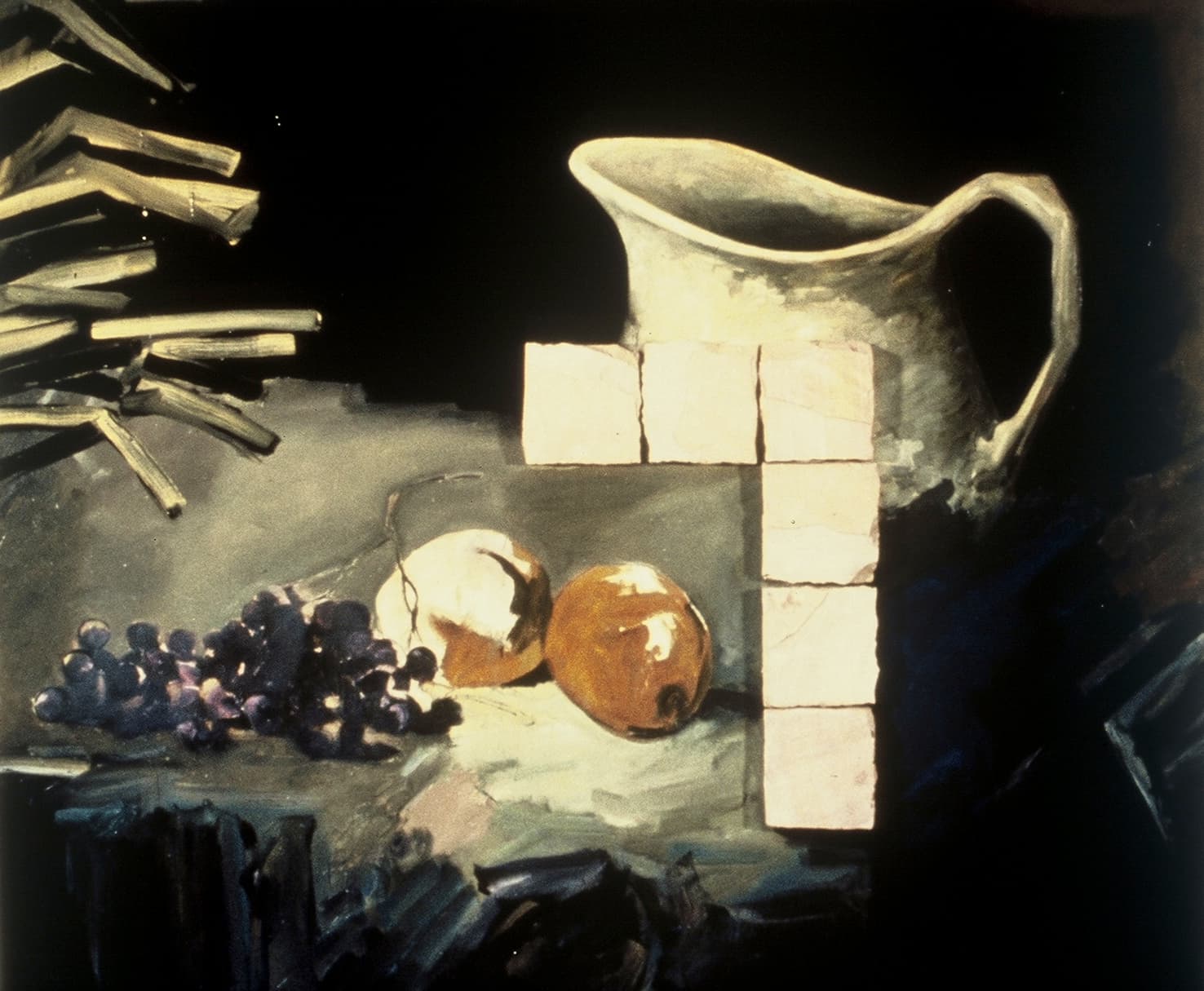
Study from Gericault circa 1988
Gericault's Raft of the Medusa left a huge impact by incorporating real emotional events in a painting. I called my work "emotional still life".
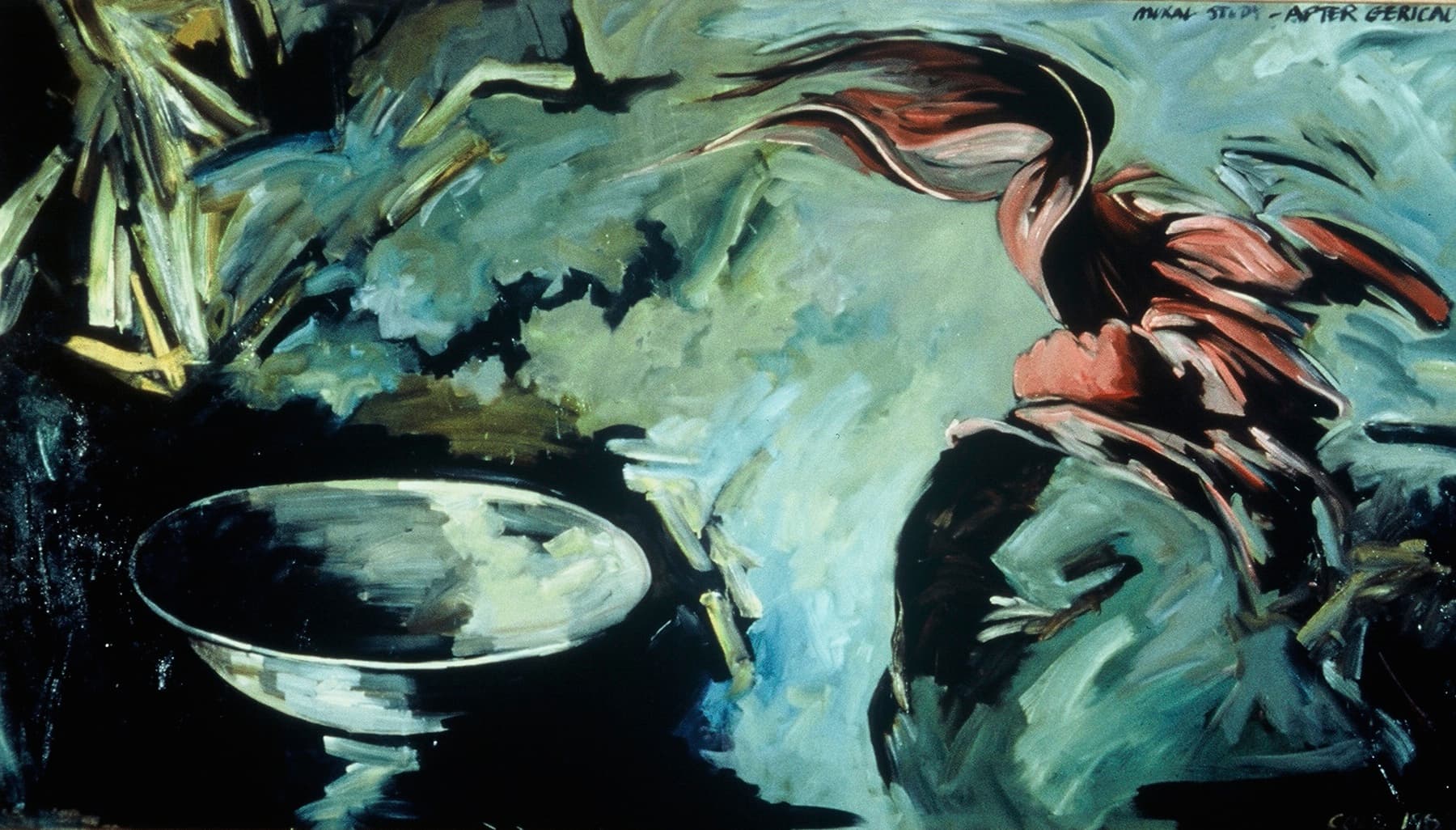
Florida map Gulf of Texaco circa 1991
The first map painting.
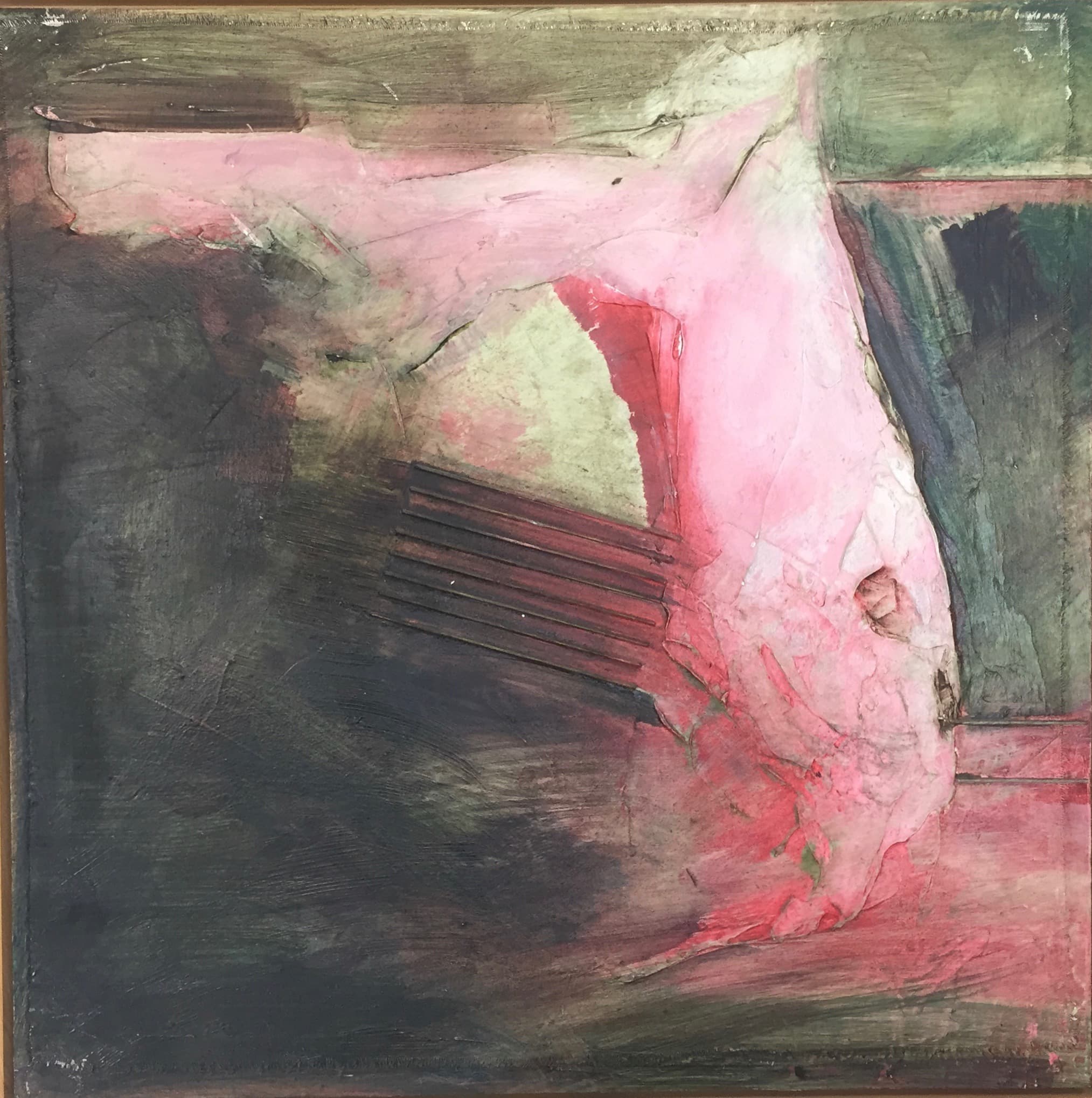
Fear Moved Inland (made it to the Tambo) circa 2014
One of the early sunset paintings, I just always liked how this painting came together and how it easily flowed.

Misplaced Sky circa 2020
A mountain painting that let the sky work out of place like in Asia (!), another painting that surprised me and moved in its own direction.
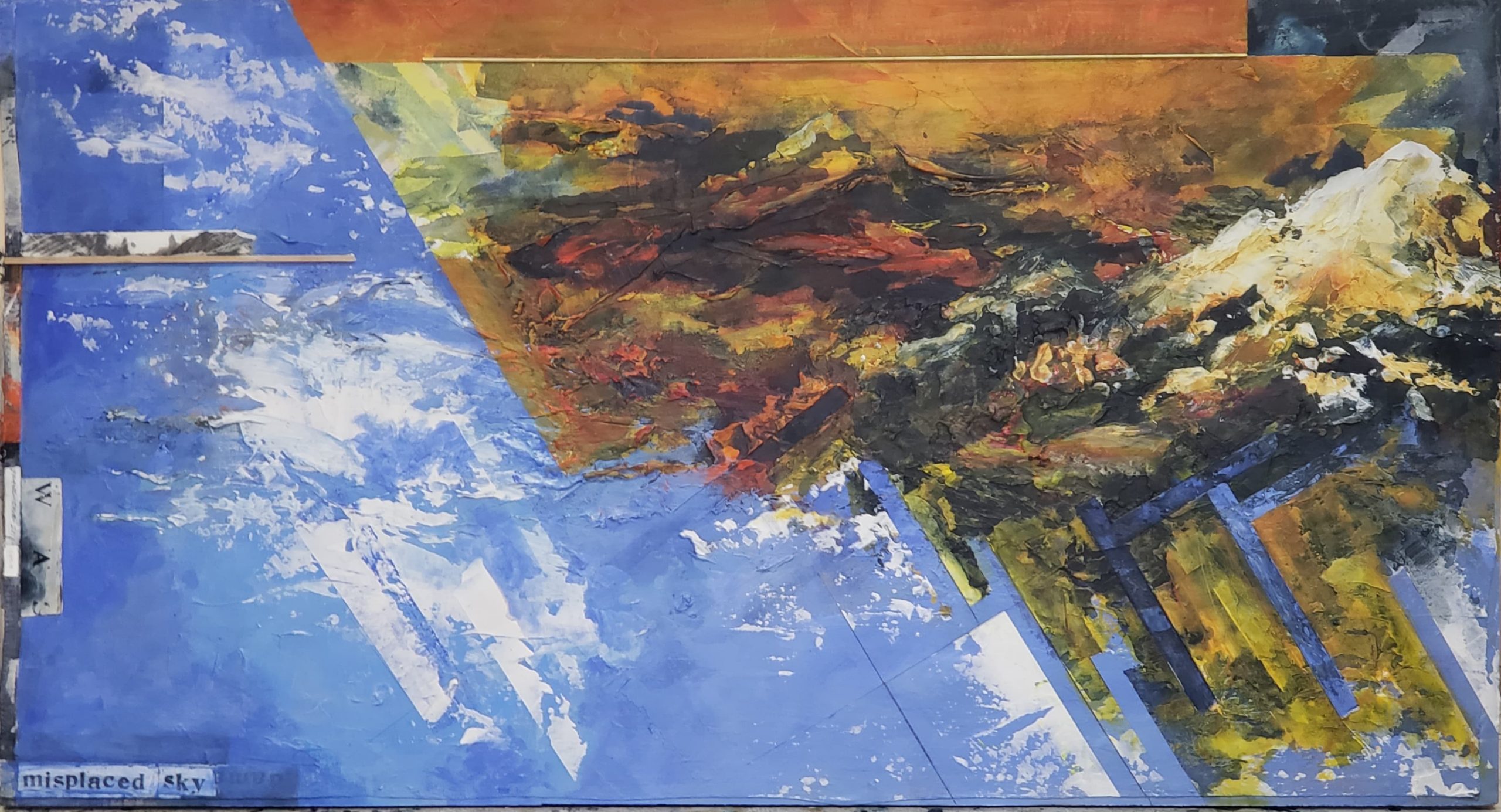
Q: What’s next for you and your art? Any big projects coming up?
A: I've recently started a large 4 panel painting titled Mountain Garden. Each panel is 30" x 60" vertical representing the four main elements of my career. The sky, the still life, the mountain, and the ocean wave. All together for the first time. Full of intensity, color, and mystery, and reckoning with the rise of the seas due to global warming. I hope I can handle it. I'm gonna need a bigger Studio Shed!
Q: Speaking of your Studio Shed, when did you decide to purchase your shed?
A: The shed design evolved over the Fall of 2011. It arrived in January of 2012 and was erected soon after.
Q: What size/model shed did you choose? Why?
A: A 12' x 18' was the largest I could fit in my space. Kind of unique, designed to take advantage of the north light and maximize privacy with neighbors, as well as not put my studio lighting into their yards.
Monolithic slab pour, 2 circuit electric with fluorescent lighting, beaded wood ceiling to match the Studio Shed rafter system, full insulation, heated with a small electric heater when needed.
I am still struck, when reviewing the emails between me and Mike [Koenig] and the Studio Shed team how attentive everyone was and how pleasant it was to make a large purchase like this online.
Q: How has your Studio Shed space benefited your artwork/career?
A: Before building my Studio Shed, I had no place to work. I had a studio space over on Kent Island in a Morton building I had installed but later rented, so I had no studio, no art career. Since 2012, my Studio Shed space has been my sanctuary and a great place to go make a big artistic mess.
Q: What is your favorite thing about your Studio Shed?
A: I love the way it looks and the peace and quiet it affords. By being able to design it the way I wanted it makes it mine. All the Sheds I've seen have their own personality because their owners designed them and picked the colors. Now I just wish my shed was bigger. I have filled it up. Btw, after 9 years of use it looks like the day I built it. It has held up extremely well to my use and the elements. This adds to my satisfaction big-time.
Thank you, Frank for taking the time to give us an inside look, literally and figuratively, at your life as an artist and your studio space! We're always exciting to see how our sheds are being utilized years down the line, especially with stories like Frank's whose creativity comes to life inside his Studio Shed. If you'd like to discover more about Frank's artwork, or are interested in having a piece commissioned, check out his website at www.FrankColeStudio.com.
In this past year of change, many of us have discovered new hobbies or interests within ourselves that we didn’t have the time to explore before. Have you discovered a new hobby recently or cultivated an old passion but don't seem to have space for it in your home? Whether you want a fully customized solution or are looking for a prefab, turnkey option, we're here to help! Get started with our 3D design center and create the perfect backyard space to help bring your passion alive. Whether it's an art studio you’re looking for or something more unique, our team is committed to helping you create a space ideal for making your dreams a reality.
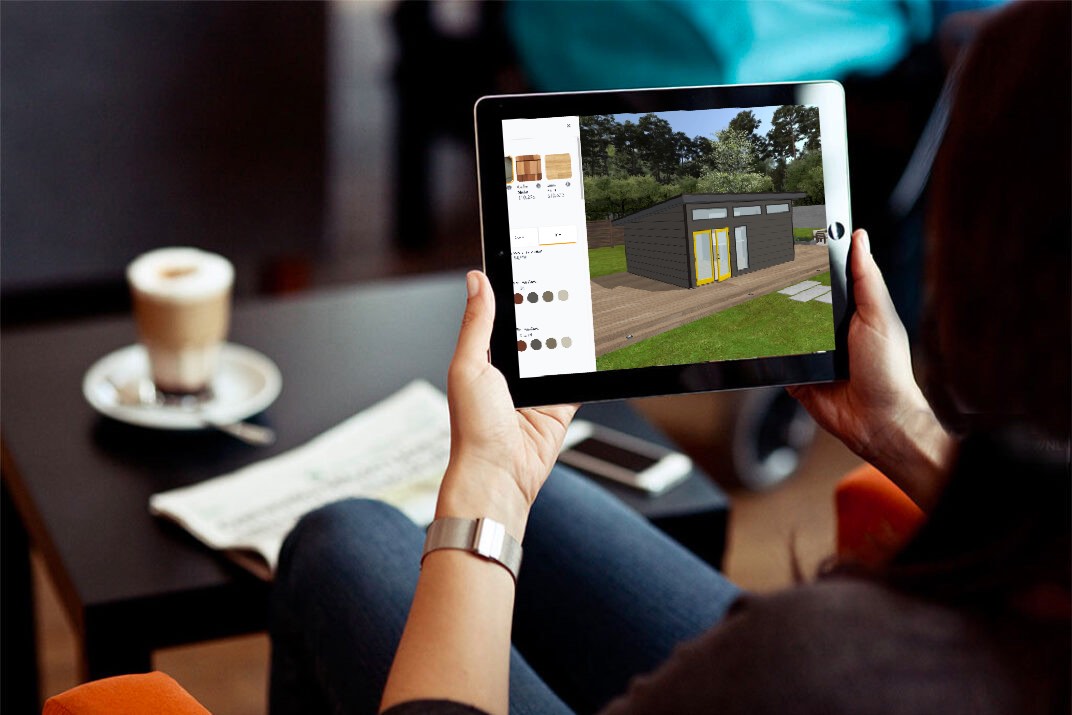
Make Your Escape
Design Your Studio Shed
One shed does not fit all. Our innovative prefab solution is a flat-packed, panelized kits of parts with hundreds of customizations in the Design Center. There are millions of combinations of sizes, door and window placements, and colors. All thoughtfully designed to work together.
